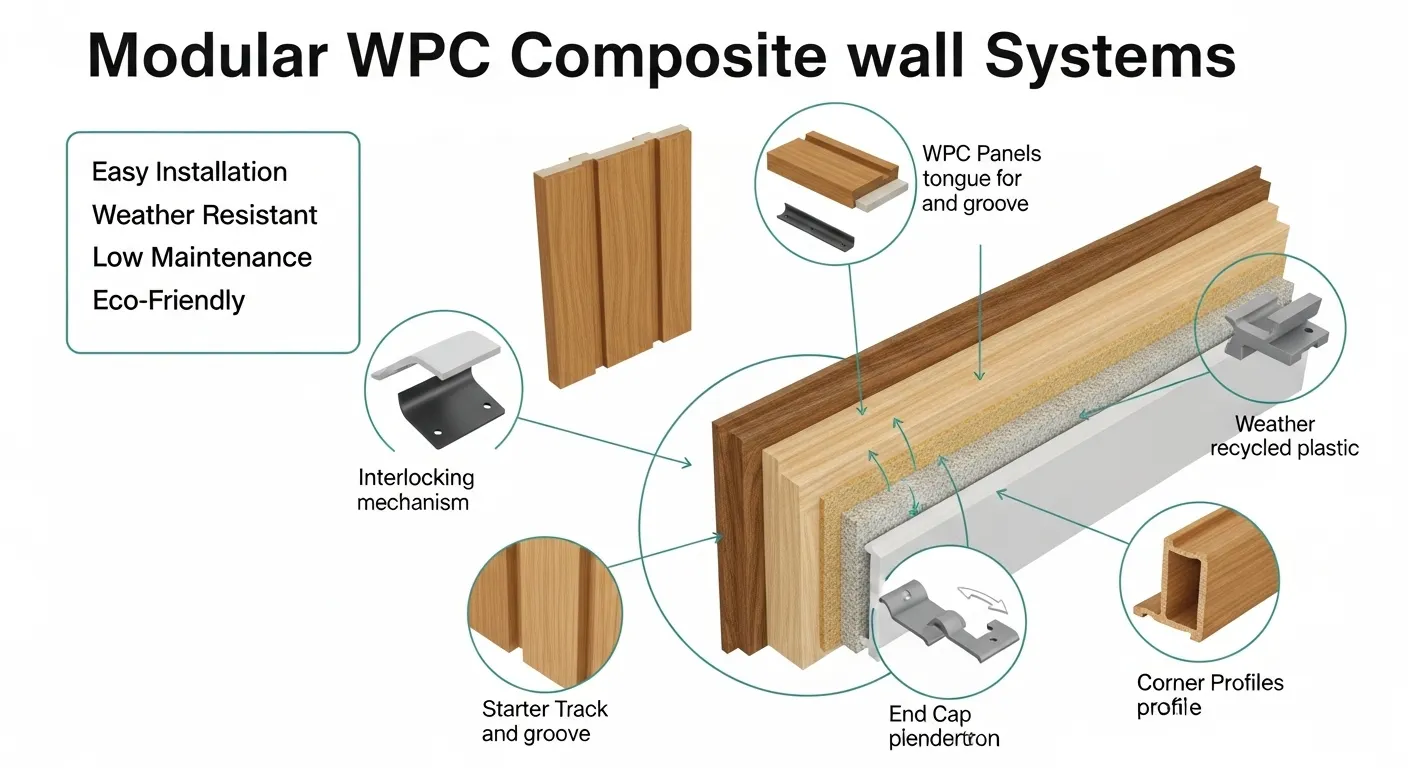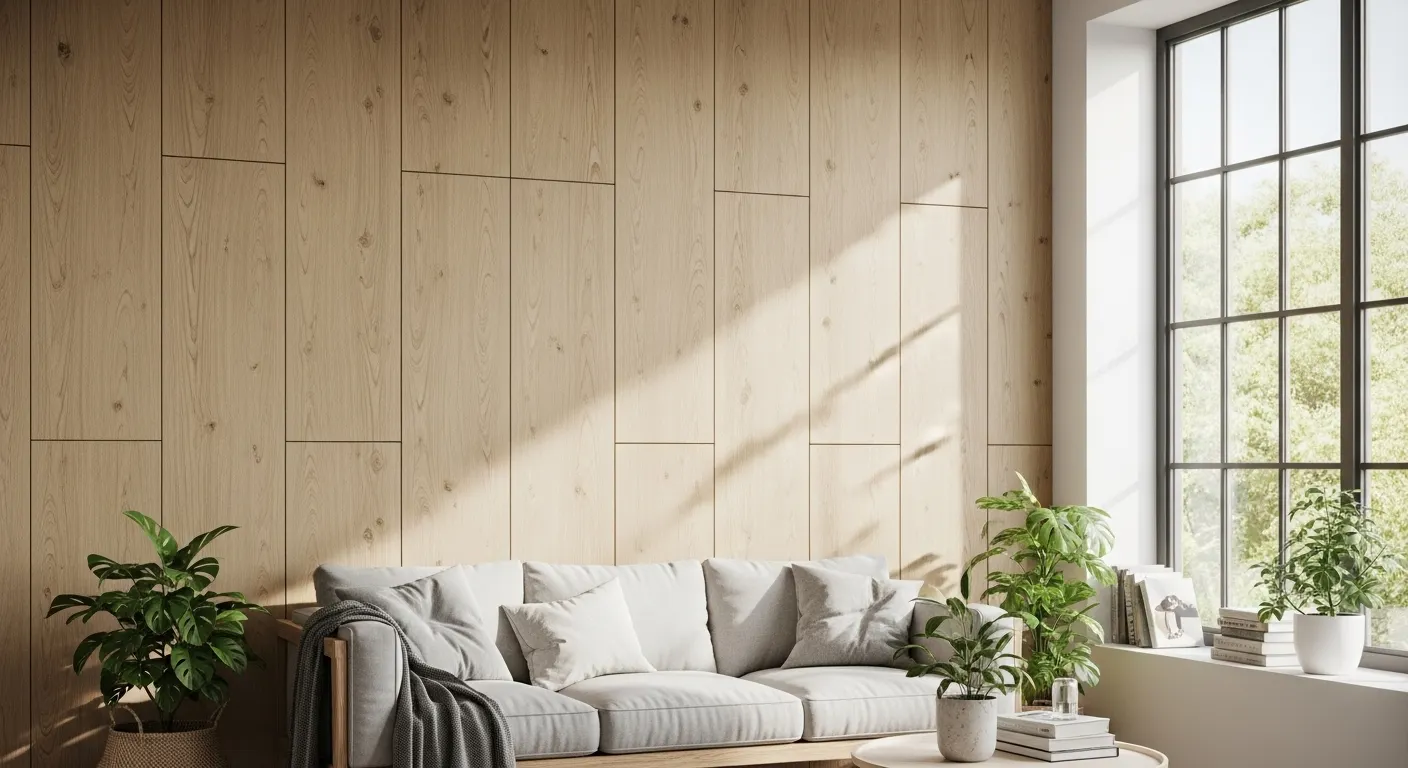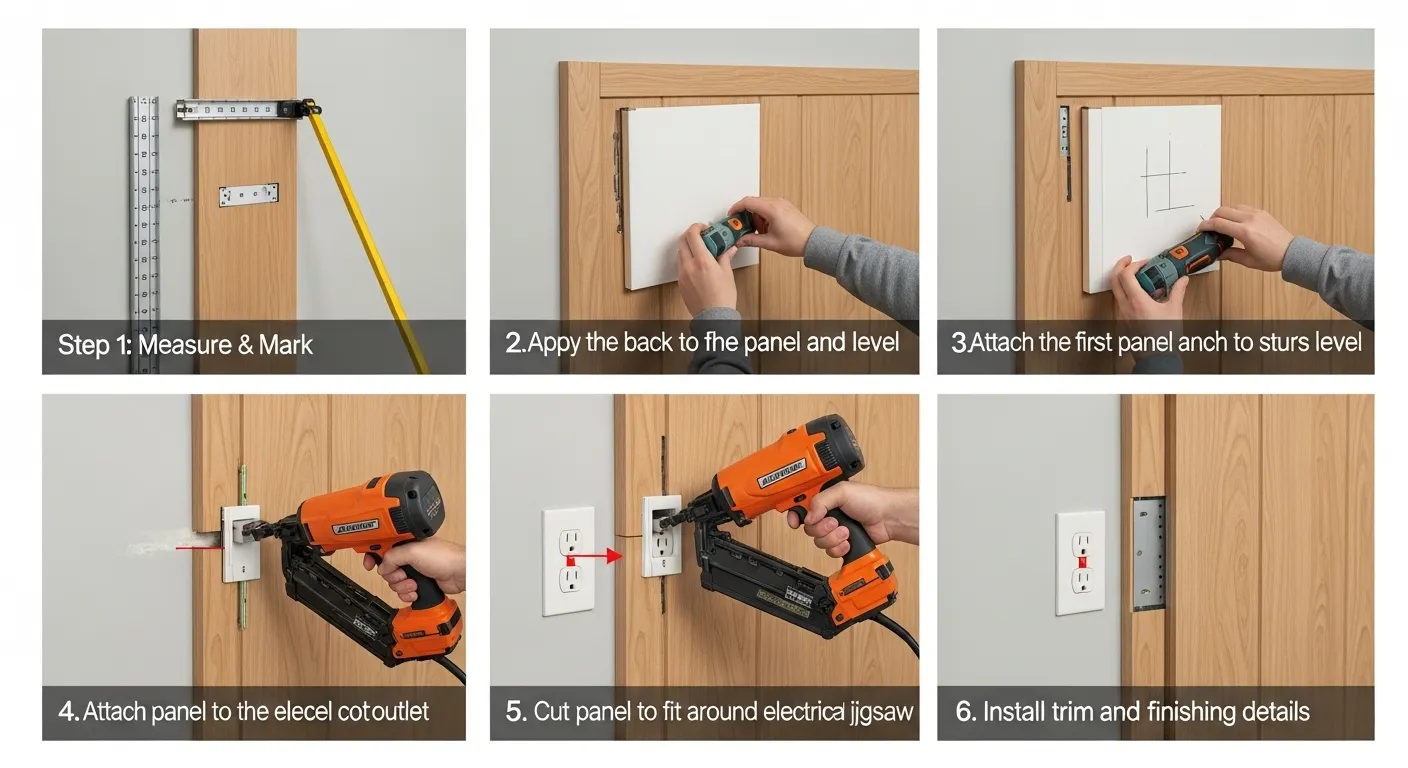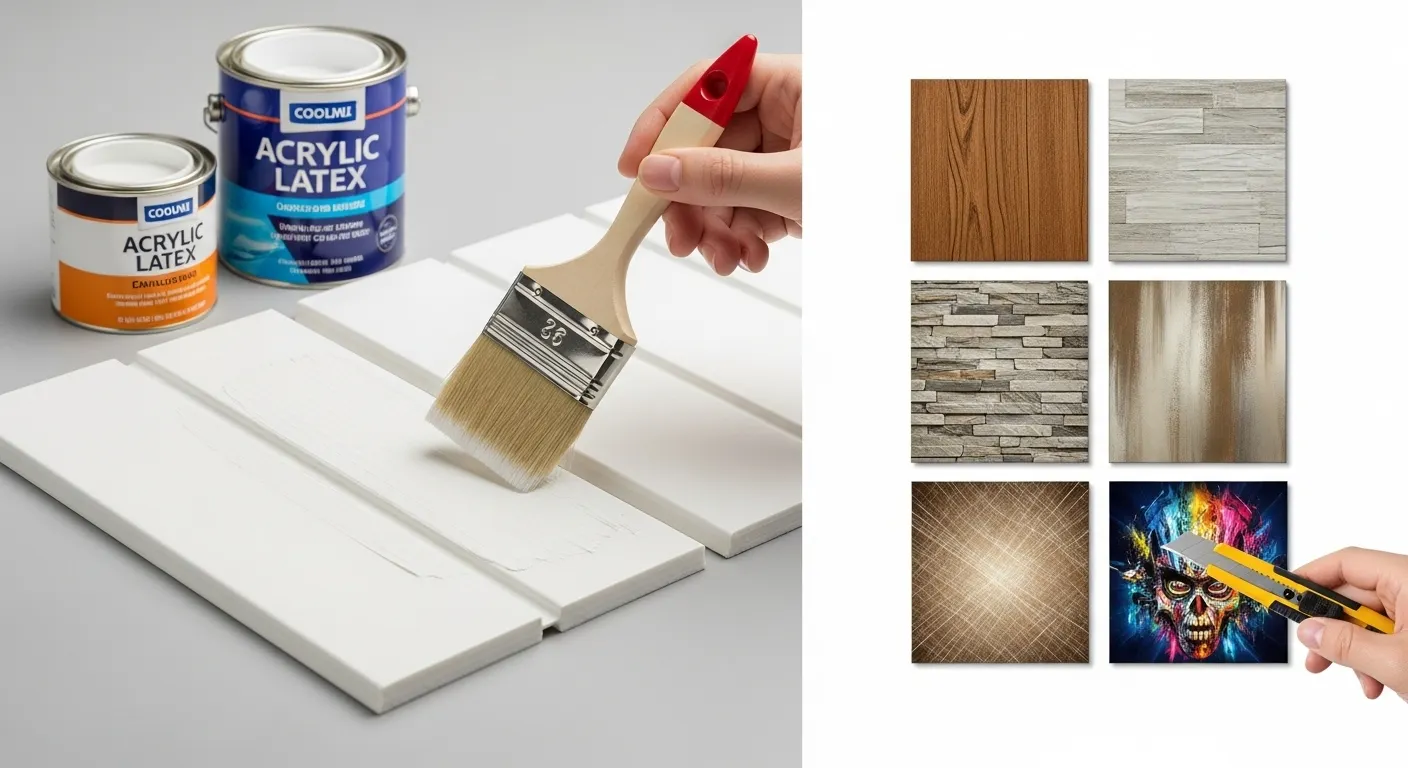No Products information to show
WPC Wall Cladding
WPC (Wood Plastic Composite) wall cladding is an innovative and eco-friendly solution for enhancing the exterior and interior walls of buildings. Made from a mixture of wood fibers and plastic, WPC cladding combines the best qualities of both materials—offering the natural appearance of wood with the durability and low-maintenance benefits of plastic. This makes it an ideal choice for residential, commercial, and industrial applications, as it offers long-lasting performance and a sleek aesthetic. WPC wall cladding is highly resistant to weather conditions, rot, and insects, making it a great option for both decorative and protective cladding.
Types of WPC Wall Cladding
1. Standard WPC Wall Cladding
Key Features: Standard WPC cladding panels come in various colors, finishes, and textures, providing a wood-like appearance without the need for constant maintenance. These panels are often used in both modern and traditional designs.
Benefits: Low-maintenance, highly durable, and resistant to fading and cracking. Ideal for enhancing the aesthetic appeal of both interior and exterior walls.
2. Textured WPC Wall Cladding
Key Features: Textured WPC cladding panels come with embossed or raised surfaces that replicate natural wood grain, stone, or other materials. These panels offer a more tactile finish compared to standard flat panels.
Benefits: These panels create a high-end, luxurious appearance with minimal upkeep. They can be used to add depth, warmth, and visual interest to any wall, both indoors and outdoors.
3. Vented WPC Wall Cladding
Key Features: Vented WPC cladding panels feature perforated surfaces or gaps designed for improved ventilation. These panels are often used in areas that require airflow to prevent moisture buildup or to allow the material to breathe.
Benefits: Vented panels help reduce condensation, preventing mold and mildew growth. They are ideal for exterior applications in areas like facades or industrial settings.
4. Waterproof WPC Wall Cladding
Key Features: Waterproof WPC wall cladding is specially treated to prevent water infiltration, making it perfect for areas that are regularly exposed to moisture, such as bathrooms, kitchens, or coastal regions.
Benefits: These panels are highly resistant to mold, mildew, and rot, which are common issues with traditional wood cladding. They offer a long-lasting, stylish solution for wet environments.
5. Fire-Resistant WPC Wall Cladding
Key Features: Fire-resistant WPC cladding is treated with fire-retardant chemicals to meet fire safety standards. This type of cladding is often required for commercial and public buildings.
Benefits: Provides enhanced safety by reducing the risk of fire spread. Ideal for buildings where fire resistance is a critical factor, such as hospitals, offices, or schools.
Advantages of WPC Wall Cladding
1. Durability and Longevity
WPC wall cladding is incredibly durable and designed to withstand the elements. It is resistant to moisture, UV rays, and extreme temperatures, making it perfect for outdoor applications. Unlike traditional wood, WPC does not warp, crack, or rot, ensuring long-lasting performance without the need for constant repairs.
2. Low Maintenance
One of the major advantages of WPC wall cladding is its low-maintenance nature. These panels do not require regular sealing, staining, or painting, unlike traditional wood cladding. A simple wash with soap and water is usually enough to keep them looking pristine, making them an ideal choice for busy homeowners or businesses.
3. Aesthetic Flexibility
WPC cladding is available in a wide range of colors, finishes, and textures. Whether you prefer a modern, minimalist look or a more traditional wood-like finish, WPC cladding can complement any design style. Additionally, textured finishes can mimic the appearance of natural materials such as stone or wood, providing a high-end look at a more affordable price.
4. Eco-Friendly
WPC cladding is made from a combination of recycled wood fibers and plastic, making it a sustainable and eco-friendly option. Choosing WPC cladding helps reduce the demand for virgin wood products and minimizes plastic waste, contributing to environmentally responsible construction practices.
5. Weather Resistance
WPC cladding is highly resistant to harsh weather conditions, including heavy rain, snow, and intense sunlight. Unlike natural wood, which can be affected by moisture, WPC does not expand, contract, or warp in response to changes in temperature or humidity, ensuring that the cladding remains stable and attractive over time.
6. Safety Features
Many WPC cladding options come with fire-resistant properties, which can provide an added layer of safety in both residential and commercial buildings. Additionally, WPC is often slip-resistant, making it an ideal choice for areas that may become wet or slippery.
Applications of WPC Wall Cladding
1. Residential Use
- Exterior Facades: WPC cladding is commonly used to enhance the exterior of homes. It can be used for full coverage or as an accent feature to create a modern, natural aesthetic.
- Interior Walls: WPC panels are also suitable for interior applications, such as feature walls in living rooms, bedrooms, or kitchens. Their natural wood-like appearance adds warmth and texture to indoor spaces.
- Balconies and Terraces: WPC cladding is often used on balconies and terraces, where it provides both visual appeal and protection against weather elements.
2. Commercial Use
- Office Buildings: Many businesses choose WPC cladding for their office buildings, as it provides a professional, sleek finish with minimal maintenance.
- Retail Spaces: WPC wall cladding can be used to create stylish and durable interiors for retail stores, shopping malls, or restaurants. It’s a great way to improve both the aesthetic and functionality of commercial spaces.
3. Public and Industrial Buildings
- Schools and Hospitals: WPC cladding is ideal for public buildings that need both a visually appealing and durable material. It’s resistant to wear and tear, ensuring that the cladding remains intact even in high-traffic areas.
- Facades in Coastal Areas: Due to its resistance to moisture and environmental elements, WPC cladding is perfect for buildings in coastal areas or regions with high humidity levels.
WPC wall cladding offers a durable, low-maintenance, and eco-friendly solution for both residential and commercial applications. With its wide range of finishes, colors, and textures, WPC cladding can enhance the aesthetic of any building while providing long-lasting protection against the elements. Whether used for exterior facades, feature walls, or coastal properties, WPC wall cladding offers the perfect combination of style, performance, and sustainability. With its resistance to weather, insects, and fire, WPC cladding is a smart investment that will keep your building looking beautiful and functioning optimally for many years to come.













